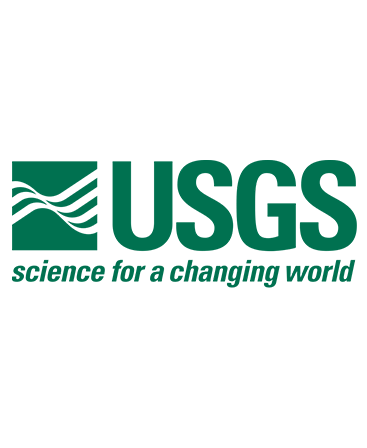The Higher School of Engineers of Medjez El Bab (ESIM). ESIM was founded in 1964, under the name of the College of Rural Equipment of North Africa at Medjez el Bab, which became Higher School of Engineers of Rural Equipment of Medjez El Bab (ESIER) in 1978. Since 2017, It has become the Higher School of Engineers of Medjez El Bab ESIM. ESIM is one of the main Tunisian institutions of training, research and technological transfer, ensuring the education of:
– 3 engineers levels in: Hydraulic & Planning Engineering (specialities: Water & soil conservation; Irrigation; water & waste treatment & management); Topography & Geomatics Engineering; Mechanical & Agro-Industrial Engineering (specialities: Technology of Transformation, Storage and Conservation; Vehicle and mechanization technology)
– 2 educational program of masters: Climate changes and water management (CCGE); Agro Industrial Equipment Engineering.
– PhD Environment and Life Science (in a consortium with other institutions from the UJ): two curricula: Water Science and Mechanical and agro-industrial engineering Numerous research studies have been conducted in the framework of projects, agreements, masters, doctoral studies. So, several research projects in different disciplines were conducted with American, European, African and Asian partners.
See more details : http://www.esim.agrinet.tn/


